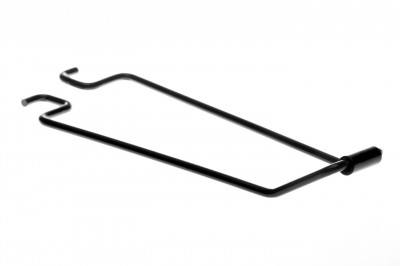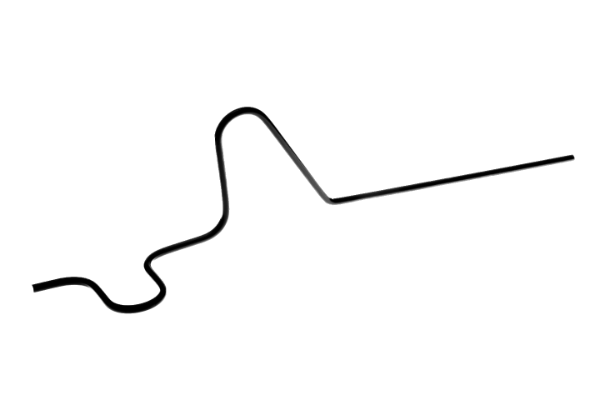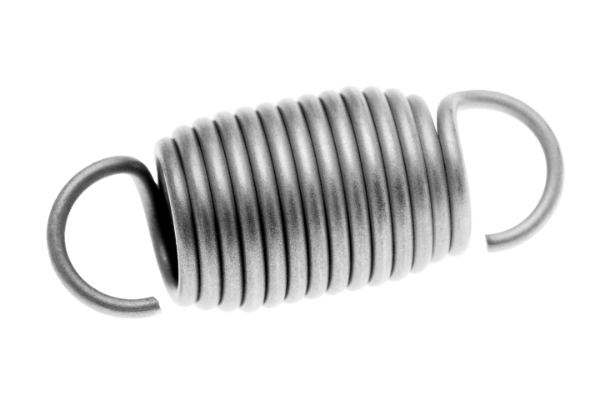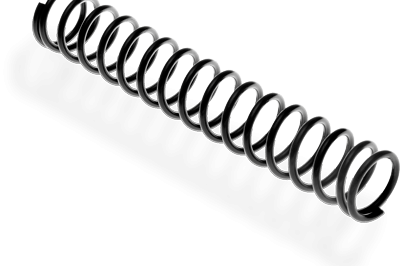Wire Forms: How They Are Made and What They Are Made From
At the most basic level, a wire form is a length of wire that has been formed into a specific shape for a specific purpose. Wire forms come in...
3 min read
![]() Spring Dynamics
:
Apr 19, 2022 1:05:00 PM
Spring Dynamics
:
Apr 19, 2022 1:05:00 PM

At the most basic level, a wire form is a length of wire that has been formed into a specific shape for a specific purpose. Wire forms come in endless configurations and can be customized for just about any purpose. A wire form can be bent, cut straight or with angles, wound right or left, shaped with closed coils, can have additional pieces added to it, and just about anything that a customer can think of.
In this article, we discuss how and from what wire forms are made.
Wire forming can be done using a variety of different processes. Wire forming machines can produce high volumes of complex parts, all with low costs and short lead times.
Wire forms can be made manually using machines consisting of a hand lever and series of pins that put force on the wire to shape it into the desired style. In a modern manufacturing environment or when hundreds or thousands of parts are required, manually wire forming is not practical. But, still, it is a wire-forming process.
Coil, or spring wire forming, involves winding wire around a metal arbor. It is also used for the manufacture of electrical coils where a conductive wire is evenly wound around a ferromagnetic core. Coil winding takes different forms depending on the final product.
CNC Servo wire bending can shape parts into unlimited configurations. CNC servo wire bending can be “single head” where the bends are made prior to the wire being cut or “dual head” where the wire is cut to length and then formed from both ends of the part.
Fourslide forming or stamping uses the same process as a horizontal stamping press with the addition of cams. This process has four sliding tools that form the wire from four sides. The cam regulates the movement of the four tools, which allows the process to have vertical movement, such as punching, with horizontal movement in several directions.
In a hydraulic wire forming machine, a hydraulic motor is used to drive the shaping rollers. CNC programming is used to create the required configuration. Wire shapes are automatically discharged from the machine after the completion of the operation.
In the pneumatic process, wire is fed into the straightening machine, formed to the required shape, and pneumatically cut to the proper length. Materials Used to Make Wire Forms
Wire forms can be made from many materials. The rule of thumb for material consideration is that the softer the material the easier it is to wind around a tool, and the smaller the radius that can be achieved.
Here are some factors to take into consideration when deciding which material to use:
Spring Dynamics manufactures wire forms for many industries and applications. Our state-of-the-art machinery handles complex designs and we are able to run both small and large quantities.
Your product development team is welcome to work with our engineering group to identify which wire form will work best for your application. You might be surprised — in many cases, we are able to suggest advantages not previously considered.

At the most basic level, a wire form is a length of wire that has been formed into a specific shape for a specific purpose. Wire forms come in...

Wire forms are everywhere and are used in nearly every industry and business sector. But what are wire forms and how are they made? In this article,...

When the average person thinks of springs, they most likely envision an extension spring. Extension springs stretch and get longer, then return to...

Wire forms are everywhere and are used in nearly every industry and business sector. But what are wire forms and how are they made? In this article,...

When the average person thinks of springs, they most likely envision an extension spring. Extension springs stretch and get longer, then return to...

Are you a manufacturer in need of compression springs for your products? Or maybe just a consumer or entrepreneur looking to learn more about...